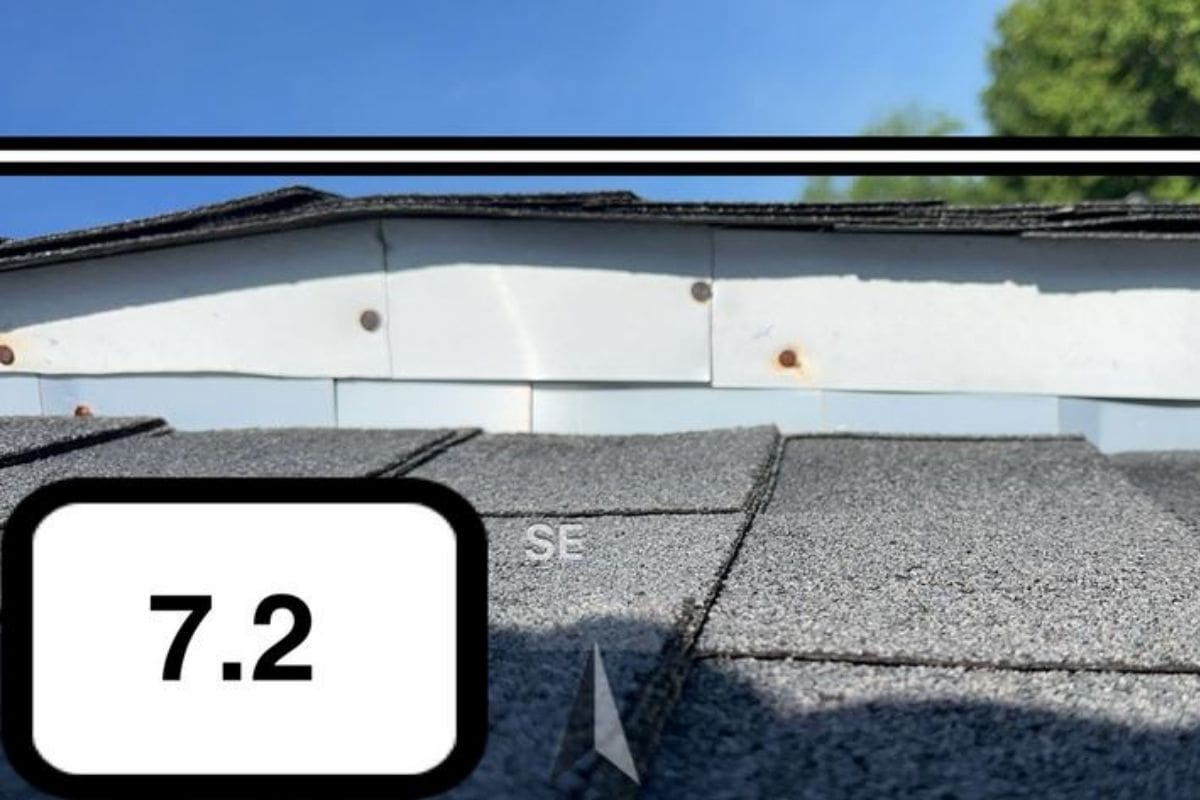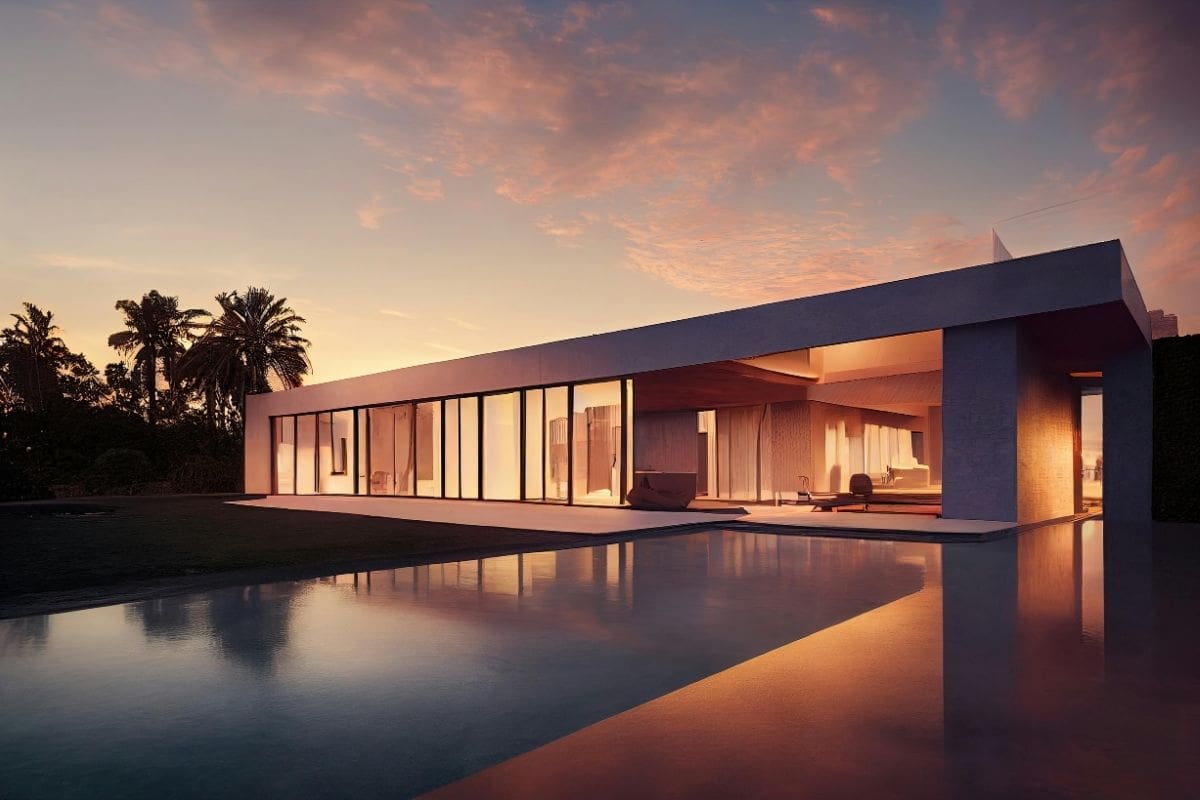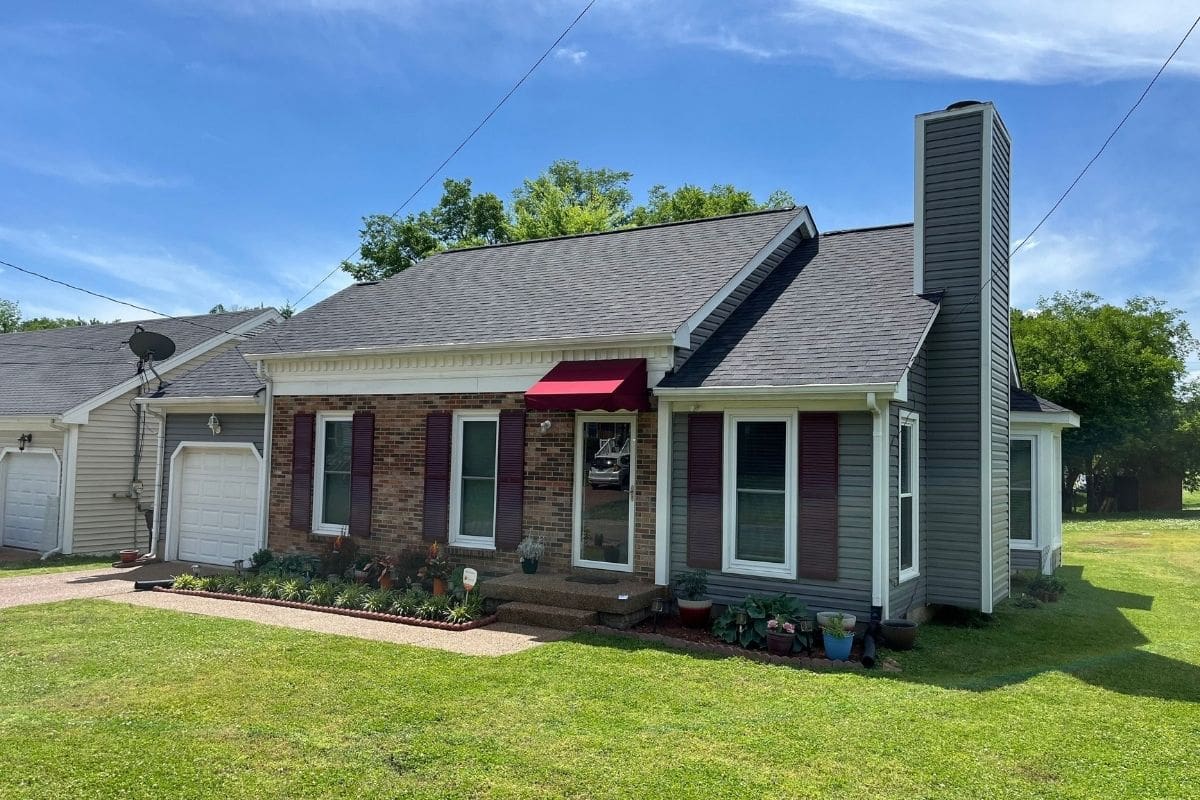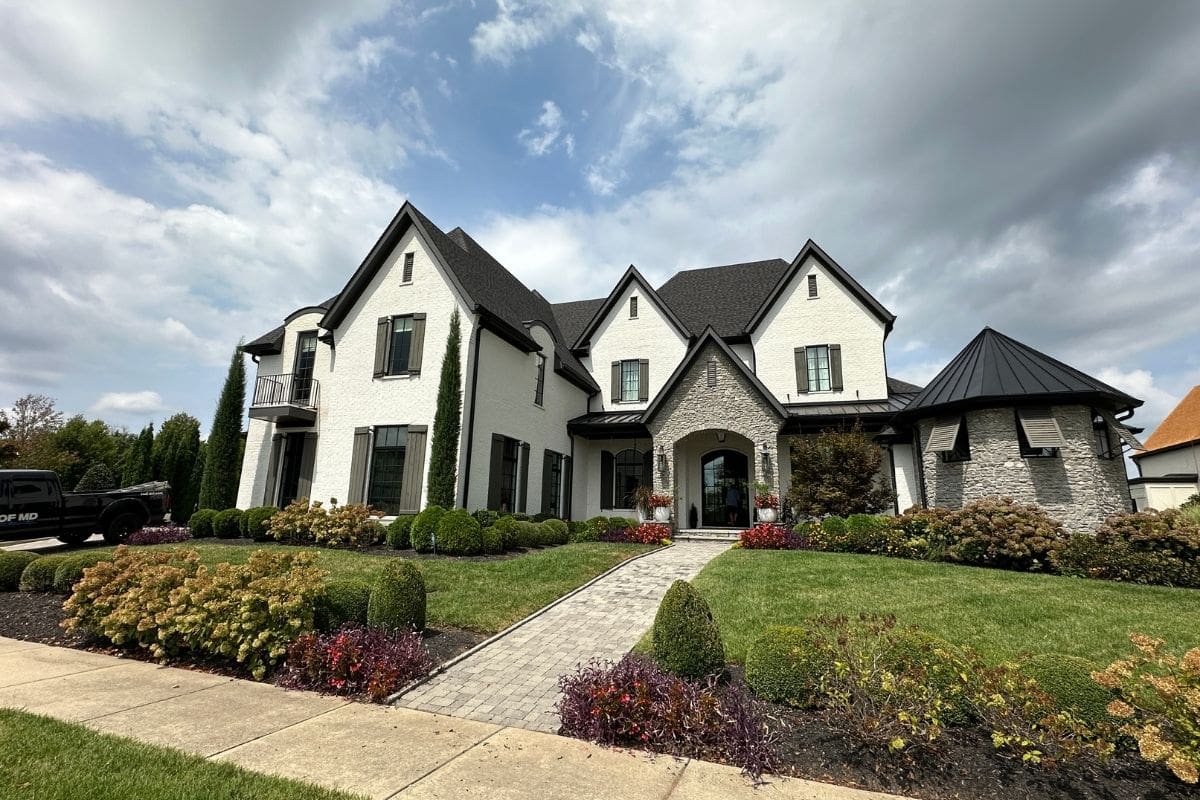Homeowner’s Guide to Roof Pitch and Why It Matters
When you think about your roof, you probably picture the color of the shingles or wonder if it’s time for a cleaning. But one of the most fundamental—and often overlooked—features of your roof is its pitch.
What is roof pitch? Simply put, it’s the steepness of your roof. But this simple angle is one of the most critical design decisions for any home. It affects everything from your home’s curb appeal and material choices to its ability to withstand your local climate. As roofing experts, we want to empower you with the knowledge to understand your home from the top down.
Let’s dive into the world of rise over run and discover why your roof’s pitch is so important.
What Exactly is Roof Pitch? The x/12 Formula

In the roofing world, pitch is expressed as a ratio of vertical “rise” to horizontal “run.” The industry standard uses a fixed run of 12 inches.
So, a roof pitch of 6/12 means that for every 12 inches the roof extends horizontally, it rises 6 inches vertically.
- A low pitch might be 2/12 or 3/12.
- A common, conventional pitch is often between 4/12 and 9/12.
- A steep pitch would be anything from 9/12 up to 21/12 or even higher.
Think of it like this: a 12/12 pitch creates a perfect 45-degree angle.
A Deep Dive into the Categories of Roof Pitch
While there’s a wide spectrum, most residential roofs fall into one of three categories. Understanding which category your roof belongs to—or which you should choose for a new build—is key to ensuring its longevity and performance.
Category 1: Low-Slope Roofs (1/12 to 3/12) — The Modern Minimalist

Often mistakenly called “flat roofs,” these systems always have a slight slope to encourage drainage. They are a hallmark of specific architectural styles and present a unique set of challenges and benefits.
Typically Used For:
You’ll find low-slope roofs on Mid-Century Modern homes (very popular in California), contemporary new builds, urban townhomes, and home additions. They are also the standard for commercial buildings, porches, and sheds.
Pros (The Advantages):
- Sleek Aesthetics: Offers a clean, minimalist look that is highly sought after in modern design.
- Usable Space: A low-slope roof can be engineered to become a functional rooftop patio, a green roof for gardening, or an accessible platform for solar panels and HVAC units.
- Cost-Effective Surface Area: A flat roof has less surface area than a pitched roof over the same footprint, which can sometimes mean lower material costs.
Cons (The Challenges):
- Water Pooling: This is the primary concern. If drainage systems like scuppers or internal drains become clogged, water can pool (or “pond”), leading to immense stress on the structure and eventual leaks.
- Material Limitations: You cannot use shingles. Low-slope roofs demand specialized, seamless waterproof membranes like TPO, PVC, or EPDM.
- Installation is Critical: The performance of a low-slope roof is almost entirely dependent on flawless installation. There is zero room for error, making it crucial to hire a roofer with specific experience in these systems. This is not a DIY-friendly project.
The Bottom Line for Homeowners:
A low-slope roof is a fantastic choice for a specific architectural vision, but it is a high-maintenance system that requires a commitment to professional installation and regular inspections to keep drains clear.
Category 2: Conventional-Slope Roofs (4/12 to 9/12) — The All-American Workhorse

This is the “Goldilocks zone” of roof pitches—not too flat, not too steep. It’s the most common pitch range for residential homes across the United States for good reason.
Typically Used For:
The vast majority of American homes feature a conventional slope. Think of classic Ranch styles, Colonial homes, Craftsman bungalows, and most suburban new construction.
Pros (The Advantages):
- The Perfect Balance: This pitch provides the ideal balance between excellent water-shedding performance and ease of installation.
- Maximum Material Choice: This is the ideal slope for the most popular roofing material in America: asphalt shingles. It also works perfectly for metal, slate, tile, and wood shakes. You have virtually unlimited options.
- Cost-Effective & Safe Installation: Most professionals can safely walk a roof in this pitch range (often called a “walkable pitch”). This makes installation, repairs, and maintenance safer, faster, and therefore more affordable.
- Proven Longevity: These roofs have a track record of performing reliably for decades in a wide variety of climates, from the rainy winters in Northern California to the snowy Midwest.
Cons (The Challenges):
- Less “Wow” Factor: Because it’s so common, a conventional roof may not have the unique architectural flair of a very steep or low-sloped roof.
- Limited Attic Space: While it can provide attic space, the lower end of this range (like a 4/12 or 5/12 pitch) may not offer enough headroom for a practical living conversion.
The Bottom Line for Homeowners:
For most homeowners, this pitch range is the safest bet. It offers the best all-around value, combining proven performance, wide material compatibility, and reasonable costs. It’s the trusted standard for a reason.
Category 3: Steep-Slope Roofs (Above 9/12) — The Dramatic Statement

These roofs are all about making an impact. They are architectural features in their own right, creating dramatic lines and a powerful sense of presence.
Typically Used For:
Steep pitches are defining features of styles like Victorian, A-Frame, Tudor, and Gothic Revival. You also see them on high-end custom homes where the roof is a primary design element.
Pros (The Advantages):
- Superior Weather Protection: A steep slope sheds water and snow almost instantly. This makes it the ultimate choice for regions with heavy rain or snowfall, as it minimizes the time moisture sits on the roof surface.
- Enhanced Longevity: Because water runs off so quickly, roofing materials on a steep slope tend to last longer.
- Major Curb Appeal: A steep roof provides a grand, elegant aesthetic that can significantly increase a home’s curb appeal and perceived value.
- Expansive Interior Space: This pitch creates a large volume of interior space, perfect for creating cathedral ceilings or a spacious, livable attic, often called a bonus room.
Cons (The Challenges):
- Significantly Higher Cost: This is the most expensive type of roof to build and replace. The steep angle requires more material to cover the same footprint, and labor costs are much higher.
- Complex & Dangerous Installation: These roofs are not walkable. They require extensive safety equipment, scaffolding, and specialized labor, all of which drive up the price and project timeline.
- Difficult Maintenance: Simple tasks like gutter cleaning, chimney repair, or fixing a single shingle become complex and costly operations that absolutely require a professional.
The Bottom Line for Homeowners:
A steep-slope roof is the premium choice for homeowners who prioritize dramatic architectural beauty and ultimate weather performance, but you must be prepared for a significantly higher investment, both initially and for any future maintenance.
The Takeaway
Your roof’s pitch is a carefully calculated feature that balances aesthetics, budget, and, most importantly, function. It dictates the materials you can use, how well your home stands up to Mother Nature, and even how much usable space you have inside.
Whether you’re building a new home, planning an addition, or preparing for a roof replacement, understanding your roof’s pitch is the first step toward making an informed, confident decision. When in doubt, always consult with a qualified roofing professional who can help you choose the right pitch and materials for your specific home and climate.
